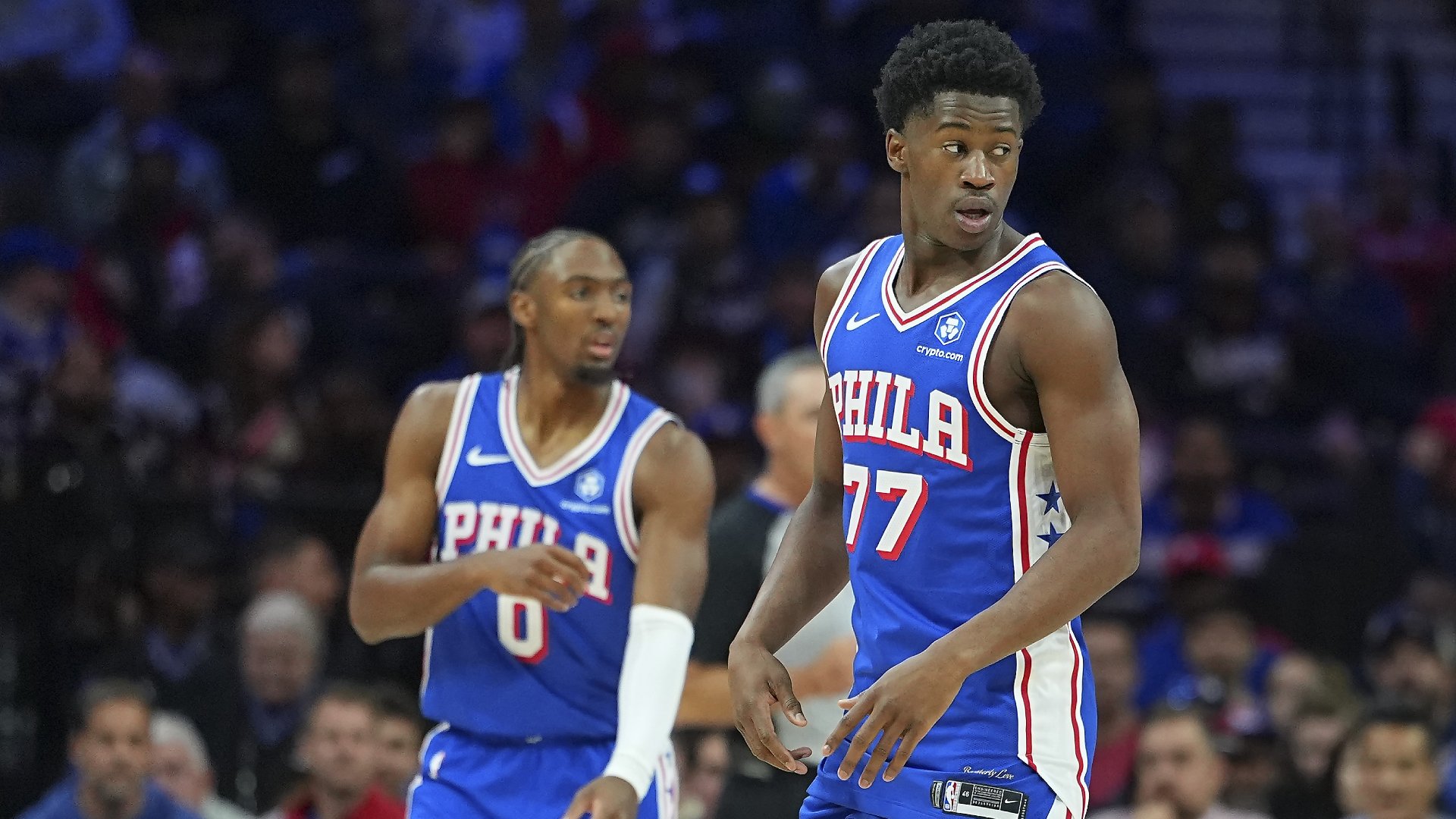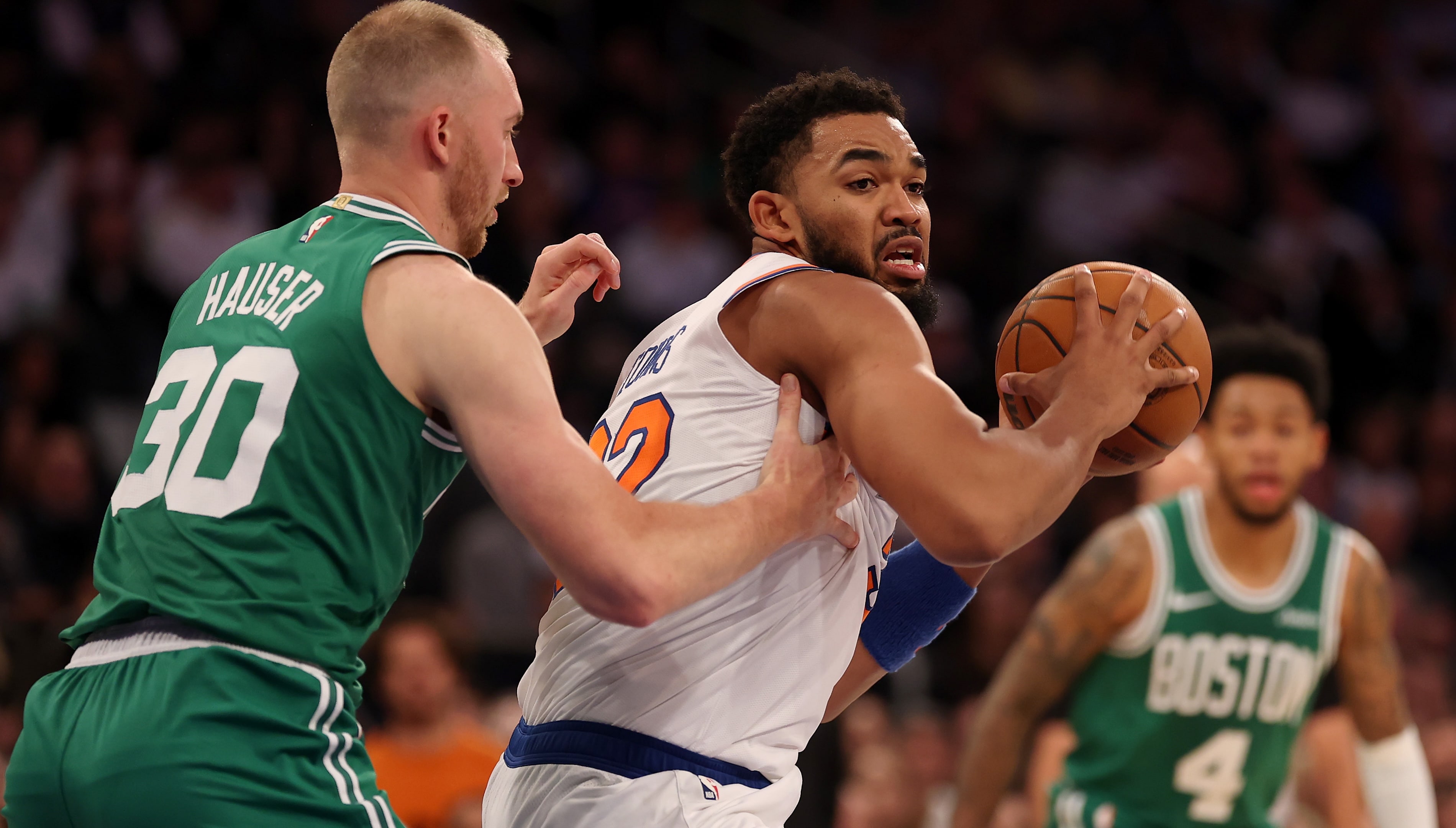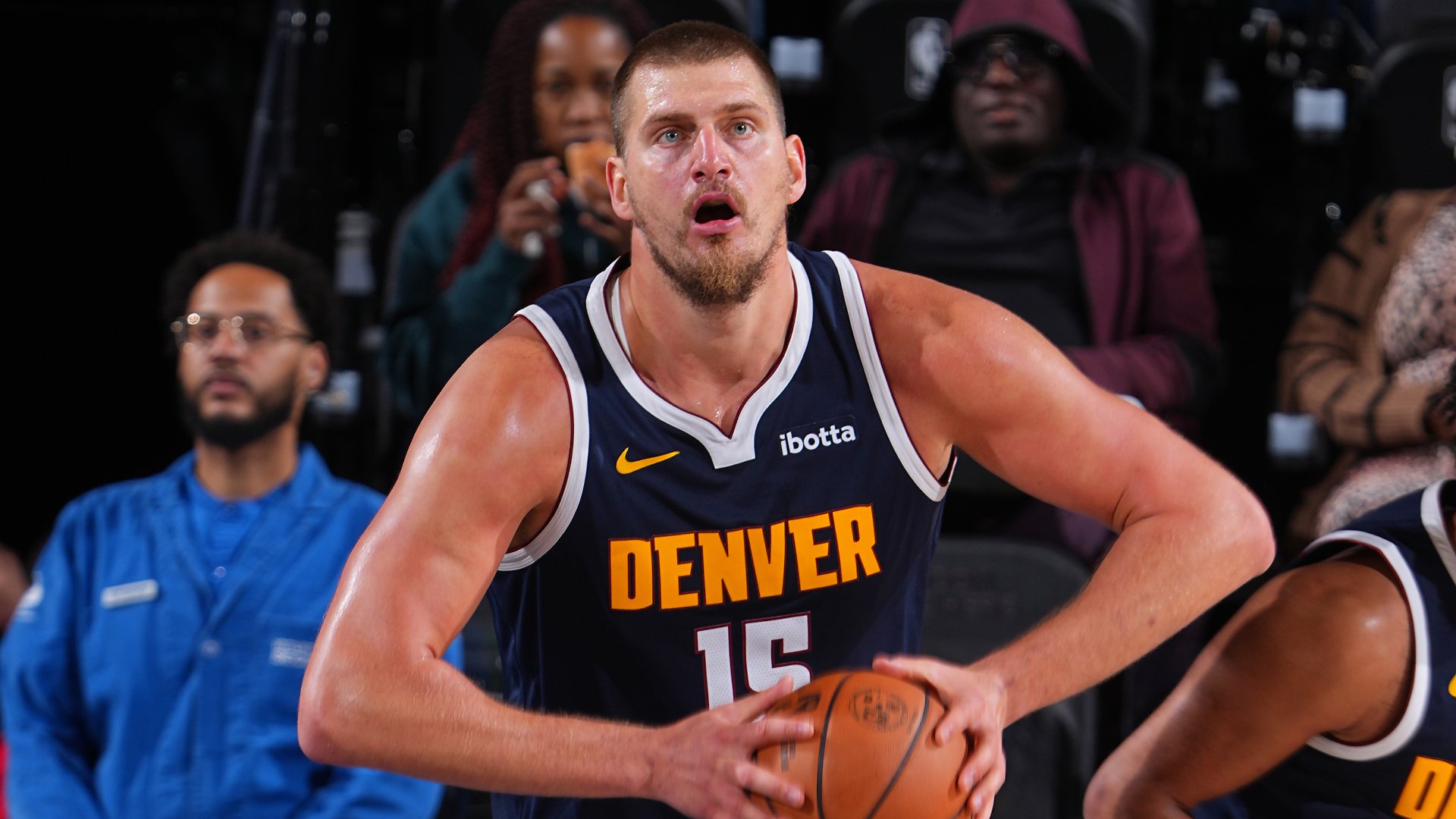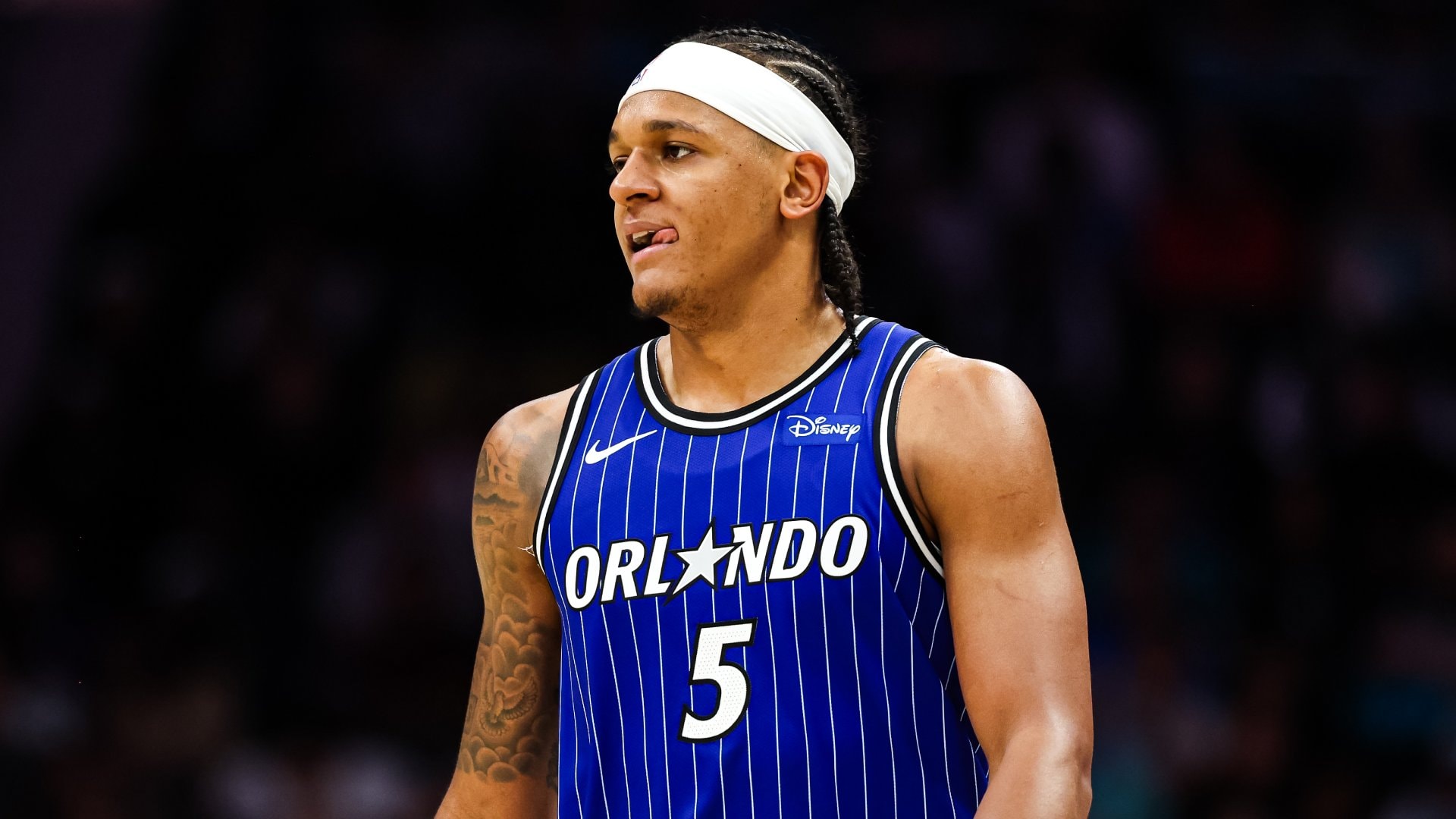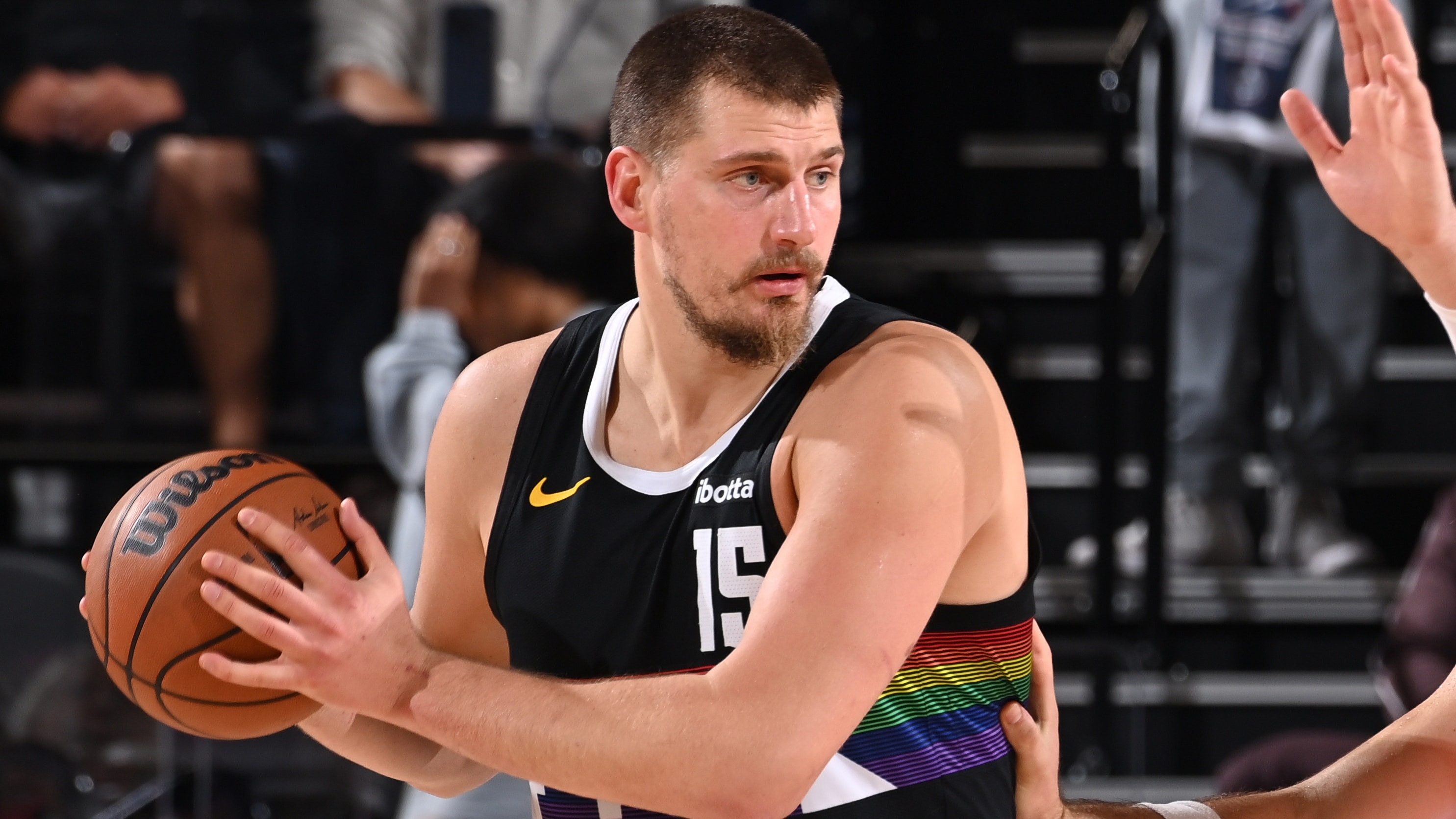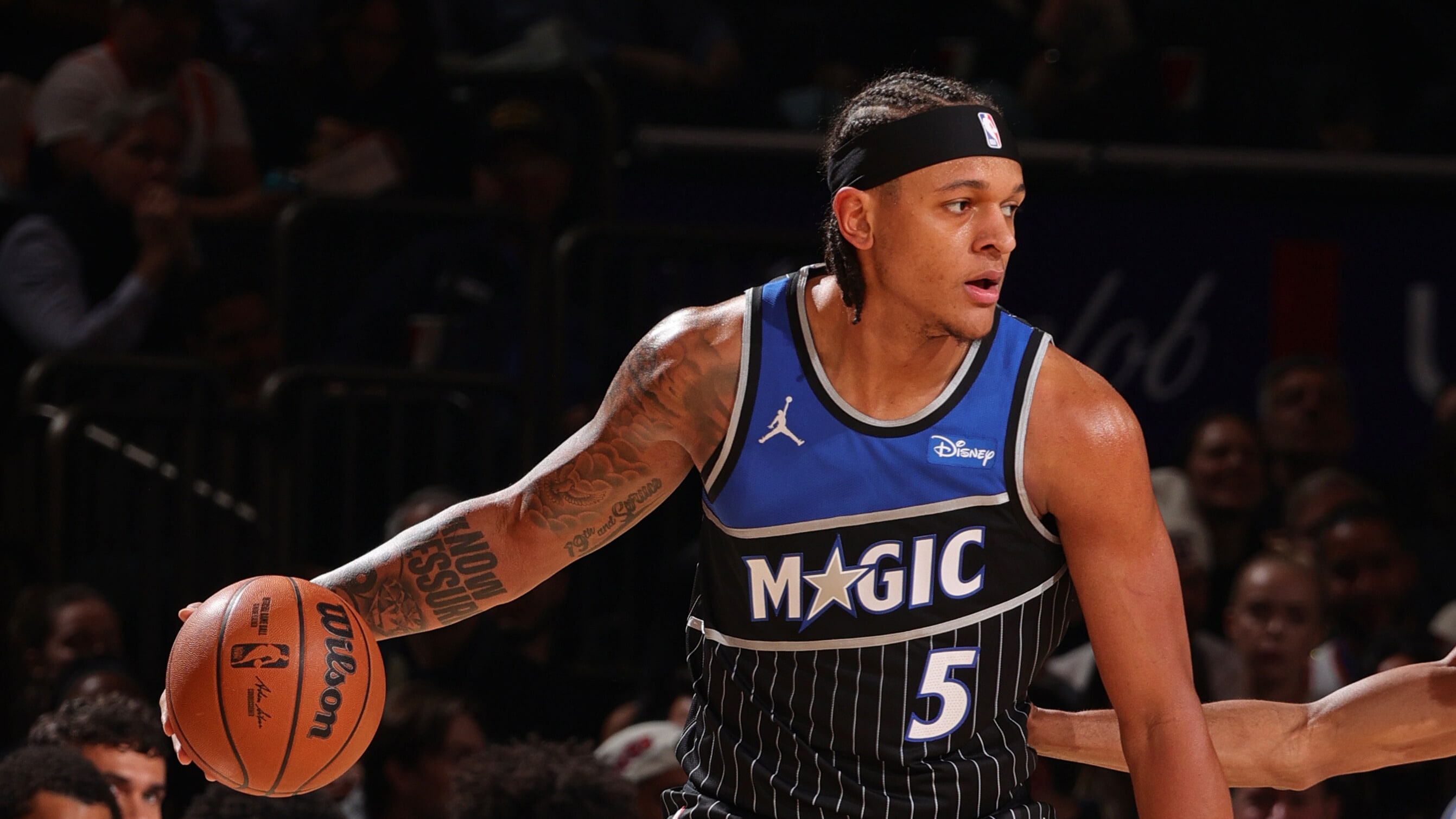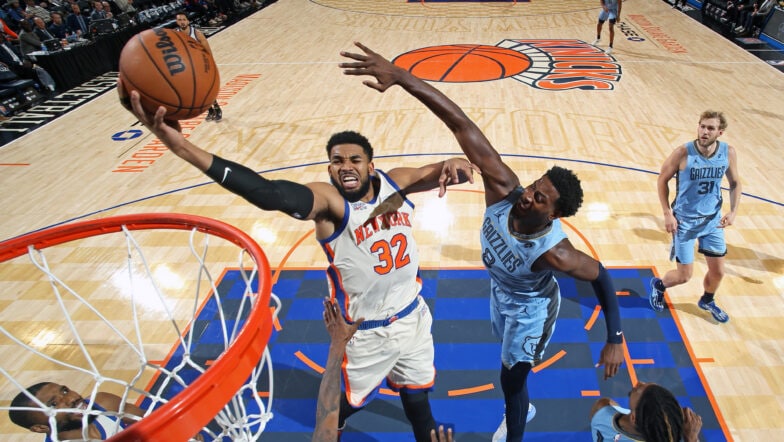
With Karl-Anthony Towns and the Knicks’ other 4 starters on the floor, they have outscored foes by 15.9 per 100 possessions.
It’s a big season for the New York Knicks, one of only three teams to have won at least one playoff series in each of the last three years. Having reached the Eastern Conference Finals for the first time in 25 seasons last May, anything less than a trip to the NBA Finals would be a disappointment.
A new coach was hired, depth was added to help the Knicks take the next step and they’re off to a strong start. They saw their five-game winning streak come to an end on Wednesday, but remain one of seven teams that have seen improvements of at least 1.0 points per 100 possessions on both ends of the floor from last season, when you take the league-average increase in efficiency into account.
Knicks’ efficiency vs. league average, last 4 seasons
| Season | Adj. Off. | Rank | Adj. Def. | Rank |
|---|---|---|---|---|
| 2022-23 | +2.9 | 4 | +0.1 | 19 |
| 2023-24 | +2.8 | 7 | -2.2 | 9 |
| 2024-25 | +3.6 | 5 | -0.4 | 13 |
| 2025-26 | +5.4 | 3 | -1.8 | 12 |
Adj. Off. = Points scored per 100 possessions – league average
Adj. Def. = Points allowed per 100 possessions – league average
It’s early and the Knicks are just 2-3 in games played between the nine Eastern Conference teams that have winning records. They’ll also be without Jalen Brunson (sprained ankle) for at least one game. But the changes they’ve made to their offense have been working, and they’re back in the top five on that end of the floor.
Here are some notes, numbers and film, with the Knicks set to host the Miami Heat in Emirates NBA Cup action on Friday (7 p.m. ET, Prime Video) …
1. Winning the possession game
Shooting is the most important of the four factors of efficiency on both ends of the floor, and the Knicks have shot much less effectively than their opponents.
But they’ve been getting far more shots than their opponents. The Knicks are winning the possession game, averaging 8.6 more shooting opportunities (shots from the field or trips to the line) than their opponents, the league’s best differential by a healthy margin.
New York is the only team that ranks in the top half of the league in …
- Turnover rate: 14.1 per 100 possessions (eighth)
- Opponent turnover rate: 15.9 per 100 possessions (10th)
- Offensive rebounding percentage: 33.3% (10th)
- Defensive rebounding percentage: 74.7% (second)
The biggest improvement has come on the defensive glass, where the Knicks ranked 12th last season. Karl-Anthony Towns leads all individuals in defensive rebounding percentage at 30%, the highest rate of his career.
According to tracking data, Towns has been in drop coverage on 57% of the ball-screens for which he was the screener’s defender, up from 52% last season. So he’s been positioned close to the basket more often.
Their loss to Orlando on Wednesday was the first time this season that the Knicks had fewer shooting opportunities than their opponent. They committed one fewer turnover than the Magic, but had their worst rebounding game of the season on both ends of the floor. They’re now 7-1 when they’ve grabbed more than 50% of available rebounds and 0-3 when they haven’t.
The Heat rank 29th in shooting opportunity differential (6.1 fewer than their opponents), so two games against Miami in the next four days are opportunities for the Knicks to remain at the top of the league.
2. More movement, many more 3s
Though they started a great 3-point shooter at center, the Knicks ranked 28th in 3-point rate last season, taking just 38.2% of their shots from beyond the arc. In the playoffs, they were outscored from 3-point range in 11 of their 18 games.
This season, the Knicks have taken 46.8% of their shots, the league’s fifth-highest rate, from beyond the arc. That’s the league’s biggest jump by a huge margin …
Biggest jumps, 3PA/FGA
| TEAM | 2024-25 | Rank | 2025-26 | Rank | Diff. |
|---|---|---|---|---|---|
| New York | 38.2% | 28 | 46.8% | 5 | +8.6% |
| LA Clippers | 38.7% | 25 | 44.2% | 11 | +5.5% |
| Memphis | 40.6% | 20 | 44.5% | 10 | +3.9% |
| Cleveland | 45.7% | 4 | 49.5% | 2 | +3.8% |
| Portland | 41.8% | 17 | 45.2% | 8 | +3.3% |
The Knicks have also seen a jump in the percentage of their 3-point attempts that have come off the catch, from 70% last season to 74% this season. That’s a good thing, given that league-wide, catch-and-shoot 3-pointers are worth about 12 more points per 100 attempts than off-the-dribble 3-pointers.
More 3s off the catch are a product of more ball and player movement. The Knicks haven’t exactly turned into the Indiana Pacers in that regard, but they’re in the middle of the pack in both passes and miles traveled per 24 minutes of possession after ranking in the bottom six in both last season.
Brunson’s time of possession is down, but he’s moving a lot more, with the 5.12 miles per hour he’s averaged on offense being the highest rate of his career by a wide margin.
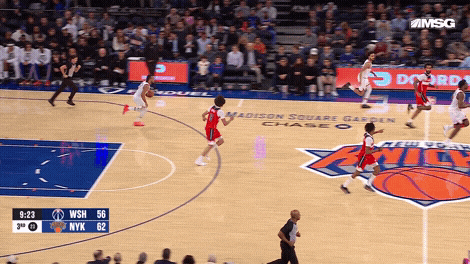
And he seems to be happy shooting off the catch, now 17-for-34 on catch-and-shoot 3-pointers …
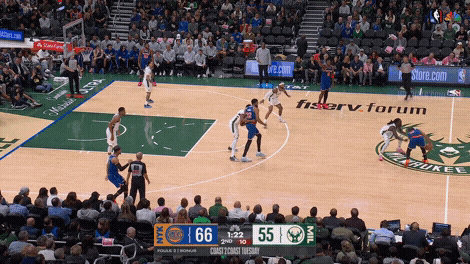
3. Starters are working better together
Last season, the Knicks’ starting lineup (with Josh Hart) played 940 minutes together, 226 more than any other lineup in the league. But it wasn’t all that great, outscoring opponents by just 3.3 points per 100 possessions, a mark that ranked 18th among the 32 lineups that played at least 200 minutes.
In the playoffs, it was worse, getting outscored by 6.2 per 100 in 335 total minutes against the Pistons, Celtics and Pacers. And for the last four games of the conference finals, Mitchell Robinson replaced Hart in the starting lineup.
Robinson has been available for just five of the Knicks’ 11 games thus far, but Hart hasn’t started any of them. Additionally, the Knicks’ most-used lineup (with Landry Shamet as the fifth guy) has played just 54 total minutes together.
The four regular starters are all averaging at least 1.5 fewer minutes than they did last season, but have still played 178 minutes together. The Knicks have been terrific in those minutes, outscoring their opponents by 15.9 points per 100 possessions. The improvement from the numbers when those four guys – Brunson, Towns, Mikal Bridges and OG Anunoby – played together last season has been mostly about defense.
Knicks w/ Brunson, Bridges, Anunoby & Towns on floor
| Season | MIN | OffRtg | DefRtg | NetRtg |
|---|---|---|---|---|
| 2024-25 | 1,024 | 118.0 | 114.6 | +3.4 |
| 2025-26 | 178 | 120.6 | 104.7 | +15.9 |
OffRtg = Points scored per 100 possessions
DefRtg = Points allowed per 100 possessions
NetRtg = Point differential per 100 possessions
If the Knicks can defend at a league-average level or better when both Brunson and Towns are on the floor, they should be in great shape overall.
4. No Brunson for the time being
Brunson sprained his ankle late in the Knicks’ loss to Orlando and is out for (at least) Friday’s game vs. Miami.
The first time the Knicks played the Heat, they scored just 18 points on 26 possessions (69 per 100) with Brunson on the bench. Overall, it was New York’s worst offensive game of the season.
But they were without Miles McBride that night, and they’ve scored 120.8 points per 100 possessions in 95 minutes with McBride on the floor without Brunson this season.
McBride obviously isn’t the three-level scorer that Brunson is, but he plays with purpose, getting the ball up the floor quickly and attacking off of ball screens aggressively …
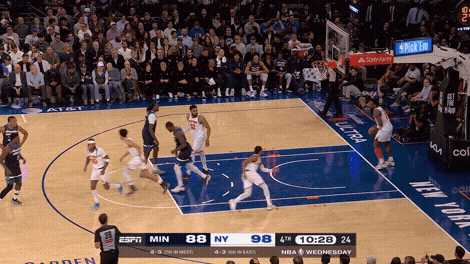
The sample size is small, but the offensive numbers have been even better – 121 points on 88 possessions (138 per 100) – in 43 minutes with Bridges, Anunoby and Towns on the floor without Brunson.
The Knicks should remain competitive without their starting point guard. And they’ll have two chances in the next four days to avenge that October loss to the Heat.
* * *
John Schuhmann has covered the NBA for more than 20 years. You can e-mail him here, find his archive here and follow him on Bluesky.



